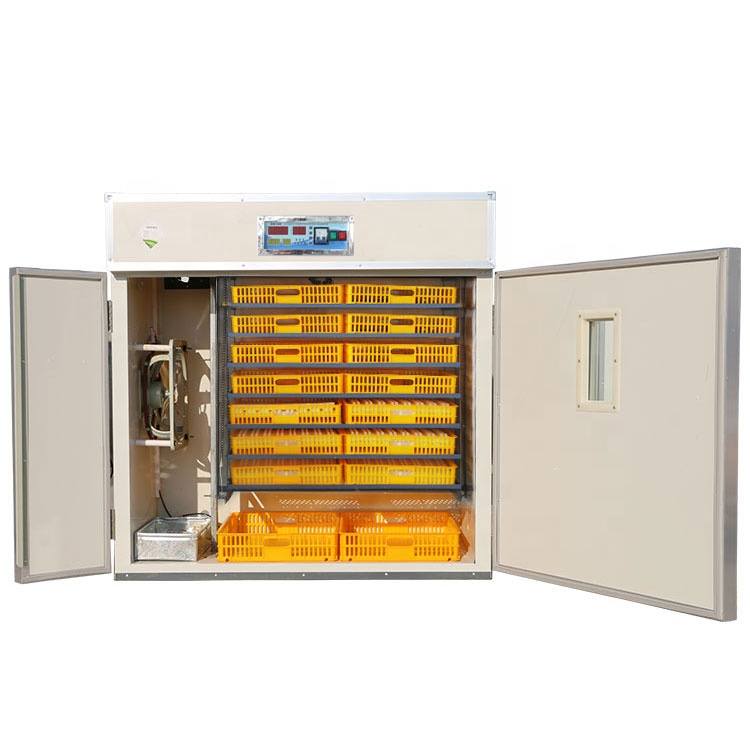automatic layer chicken cage
Nov . 12, 2024 12:28 Back to list
automatic layer chicken cage
The Rise of Automatic Layer Chicken Cages Revolutionizing Poultry Farming
In recent years, the poultry industry has witnessed significant advancements in farming technologies, particularly in the area of automatic layer chicken cages. These innovative systems have not only improved the efficiency and productivity of egg production but have also enhanced animal welfare and farm management.
Automatic layer chicken cages are designed to optimize the living conditions for hens while minimizing the labor required for their care. Traditional cage systems often involve manual labor for feeding, watering, cleaning, and egg collection, which can be time-consuming and inefficient. In contrast, automatic cages incorporate advanced technologies such as conveyor belts, automatic feeders, and systems for waste management that significantly reduce the need for direct human intervention.
One of the primary benefits of automatic layer chicken cages is the increased egg production per hen as compared to traditional farming methods. These systems provide optimal conditions for the birds, including suitable space, proper ventilation, and controlled lighting that can stimulate egg-laying. As a result, farmers often experience higher yield rates and overall improved flock health, leading to greater profitability.
Moreover, automatic systems contribute to better biosecurity on farms. By minimizing human contact with the hens, the risk of disease transmission is reduced. This is particularly crucial in the poultry industry, where avian diseases can have devastating effects on flock health and economic viability. Automated systems allow farmers to monitor the health and productivity of their birds remotely, using sensors and data analytics to ensure that any potential issues are promptly addressed.
Animal welfare is a growing concern in the poultry industry, and automatic layer chicken cages have made significant strides in this area. Modern cages are designed with the welfare of the hens in mind, providing adequate space, enrichment, and access to feed and water. These systems reduce the stress experienced by hens, contributing to their overall well-being and productivity. Furthermore, many automatic cages allow for free-range access or have designs that follow more humane standards, ensuring that poultry farming is not only efficient but also ethical.
automatic layer chicken cage

The implementation of automatic layer chicken cages is also aligned with the goals of sustainable farming
. These systems optimize resource use—water, feed, and energy—thereby reducing waste and the environmental footprint of egg production. For instance, advanced climate control within automatic cages can minimize energy usage while keeping the hens comfortable. Additionally, waste management systems are designed to process manure efficiently, contributing to nutrient recycling and reducing pollution.While the initial investment in automatic layer chicken cages can be significant, many farmers find that the long-term benefits outweigh the costs. The reduced labor requirements and increased productivity can result in substantial savings and profits over time. Moreover, as consumer demand for higher welfare standards and sustainably produced food rises, farmers who adopt these technologies may find themselves at a competitive advantage in the market.
Training and knowledge dissemination are crucial for the successful implementation of automatic layer chicken cages. Farmers must be equipped with the skills to operate and maintain these systems effectively. This requires collaboration between technology providers, agricultural experts, and farming communities to foster an environment of learning and innovation.
Looking ahead, the future of poultry farming will likely be shaped by continuous technological advancements. Innovations such as artificial intelligence, machine learning, and data analysis are poised to further enhance the capabilities of automatic layer chicken cages. These technologies could lead to even greater efficiencies, improved animal welfare, and enhanced sustainability practices in the industry.
In conclusion, automatic layer chicken cages represent a significant advancement in poultry farming, offering numerous benefits that align efficiency with animal welfare and sustainability. As the sector evolves, embracing these technologies will be essential not only for meeting the growing demand for eggs but also for ensuring that farming practices are ethical and environmentally responsible. The transition to automatic systems may well define the future of poultry production, benefiting farmers, consumers, and the planet alike.
-
Hot Sale 24 & 18 Door Rabbit Cages - Premium Breeding Solutions
NewsJul.25,2025
-
Automatic Feeding Line System Pan Feeder Nipple Drinker - Anping County Yize Metal Products Co., Ltd.
NewsJul.21,2025
-
Automatic Feeding Line System Pan Feeder Nipple Drinker - Anping County Yize Metal Products Co., Ltd.
NewsJul.21,2025
-
Automatic Feeding Line System - Anping Yize | Precision & Nipple
NewsJul.21,2025
-
Automatic Feeding Line System - Anping Yize | Precision & Nipple
NewsJul.21,2025
-
Automatic Feeding Line System-Anping County Yize Metal Products Co., Ltd.|Efficient Feed Distribution&Customized Animal Farming Solutions
NewsJul.21,2025






